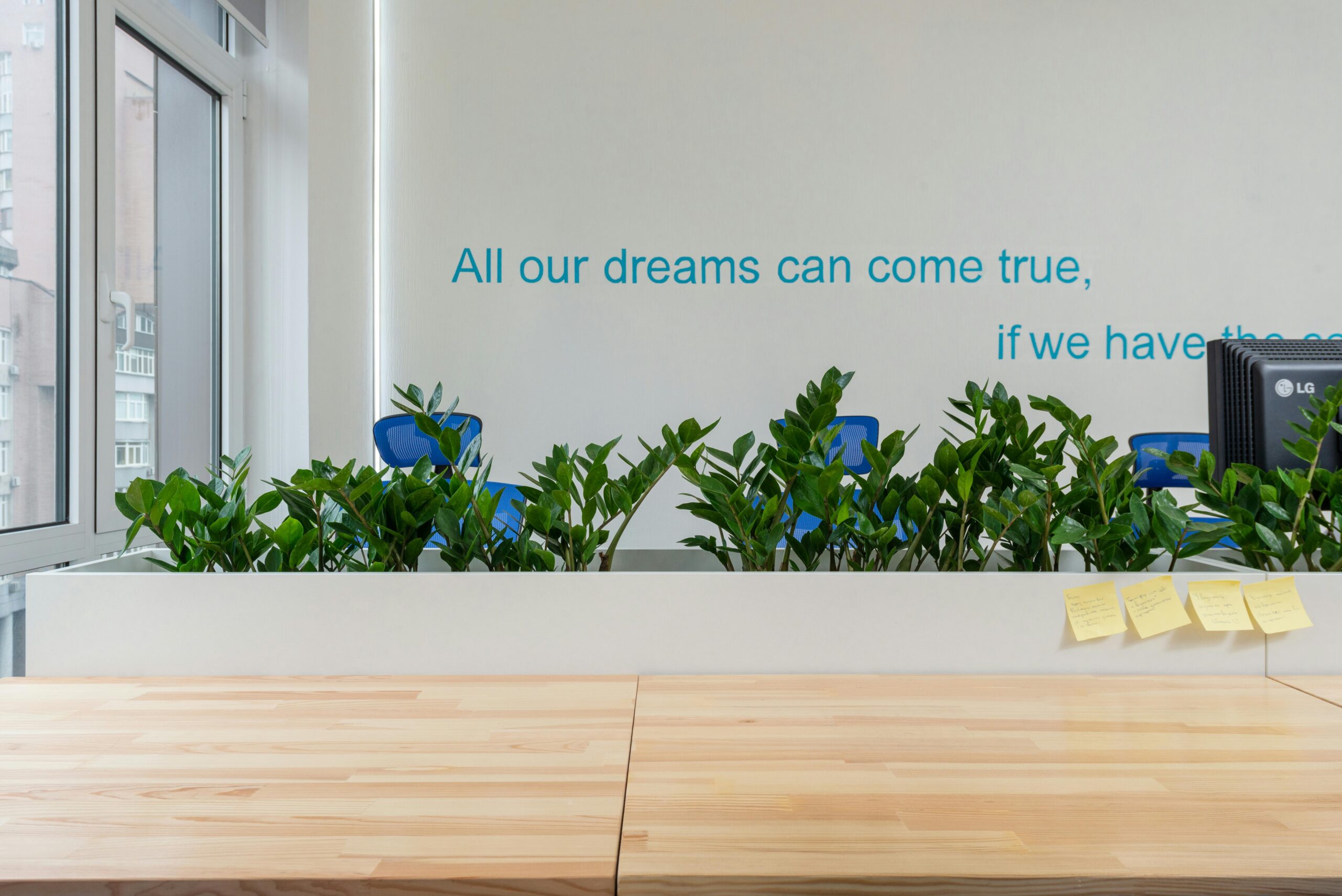Visual Language in Multimedia
Visual Programming Languages (VPLs) have become more and more popular. They’ve entered the mainstream. There are no two thoughts about the fact that in the modern technology world, every challenge needs an immediate solution. In such times, it is mobile apps and other suitable devices that come to help. However, have you ever stopped and thought about what makes a game so interactive or how a software application behaves in a particular way?
It’s all thanks to Visual Programming Languages.
What is Visual Programming?
Visual programming is a code-free way of creating software applications using graphics. With VPL, even non-programmers can create a working app. You don’t need adequate knowledge and skills in programming. For example, any app that already uses graphics and blocks doesn’t require any code to be defined. Most programming languages are text-based which means you type what you want the computer to do. You only have to write the lines of code to perform a task. For instance, C or C++ if you want to print a table or use syntax and other functions in VPLs. Unlike regular programming languages, VPL lets the user think in a logical way. Over the years, the face of visual programming has changed considerably. There are many new paradigms for code including object-oriented, procedural, functional and declarative. All the coder has to do is turn human concepts into something the computer understands.
Today, VPLs are used for multimedia, video games, automation, web applications and robotics. Despite rapid advances in this domain, abstract thinking skills is something developers must possess. For this, doing a diploma in multimedia course is a good option. Through this, students will get to learn accurate presentation of text, audio and video through various technical education tools.
Benefits of Using Visual Programming Languages
Visual programming languages are predominantly used in web and mobile application development. It offers numerous benefits, some of them are:
User-friendly Interfaces
A major benefit of visual programming languages is that they have user-friendly and intuitive interfaces. It completely eliminates the need to write complex code and programming can be done even by non-programmers.
Improved Debugging
Unlike traditional coding, VPLs make it easier to identify and resolve issues. During the visual representation process, the debuggers highlight the errors. This reduces the probability of mistakes and makes programming less of an effort.
Easier Prototyping
Visual programming language enables rapid prototype and iteration. In this, each step can be tested for its functionality. Developers get to visualise program execution and real-time feedback.
Better than Traditional Programming
When it comes to creating software and mobile applications, both traditional programming and visual development are used. However, the former involves writing code in a text-based programming language such as C++, Java and Python. On the other hand, visual development focuses on visual elements such as design and overall structure. These environments usually have drag-and-drop interfaces that make it easier for users with absolutely no programming knowledge to create software and apps.
The changing face of visual language in multimedia is a welcoming move.
List of Visual Programming Languages
Visual programming languages are segregated based on the kind of development they’re used for. However, these are the most popular ones:
Blockly
As the name implies, Blockly is used to create block-based programming languages. It can also be used to generate code from blocks. Think of it as a drag-and-drop programming tool that can be used as a standalone application or it can be integrated into web applications to create customised visual environments.
Scratch
This is super popular in the animation and multimedia space. It is primarily used in education, and enables users to build interactive stories, games, and videos by snapping an array of blocks together.
Bubble Language
Bubble Language is the best choice when it comes to creating social networking sites such as Twitter, marketplaces, CRM, dashboards, SaaS and other web applications. All this can be done with the help of a tutorial. Bubbles have custom API integrations, templates and plugins. In today’s day and age, everybody seems to need a web page. However, not everyone knows how to write code. Bubble offers a no-code approach to create web applications. Though the environment is mainly graphical, you will surely need some idea of how web-pages work.
mBlock
mBlock is based on Scratch 3.0. It supports block and text programming languages. It’s ideal for kid’s programming. Using mBlock, children can create games and animation by dragging blocks or using Python code. It makes data science, robotics and AI programming one step easier. It makes the transition from text-based interface to graphic interface much easier.
Takeaway
Visual programming language is surely a vision of the future. Any individual can communicate ideas to a computer without having any kind of programming language. Text-based languages are not obsolete. However, they offer a feature-rich way of communicating with the computer. In the near future, with more apps and software required, a quicker solution is the need of the hour and that is surely VPL. It brings your projects and ideas to life. An advanced graduate diploma in multimedia can also help you learn about the principles of design along with software such as JAVA, HTML, CSS and so on.




